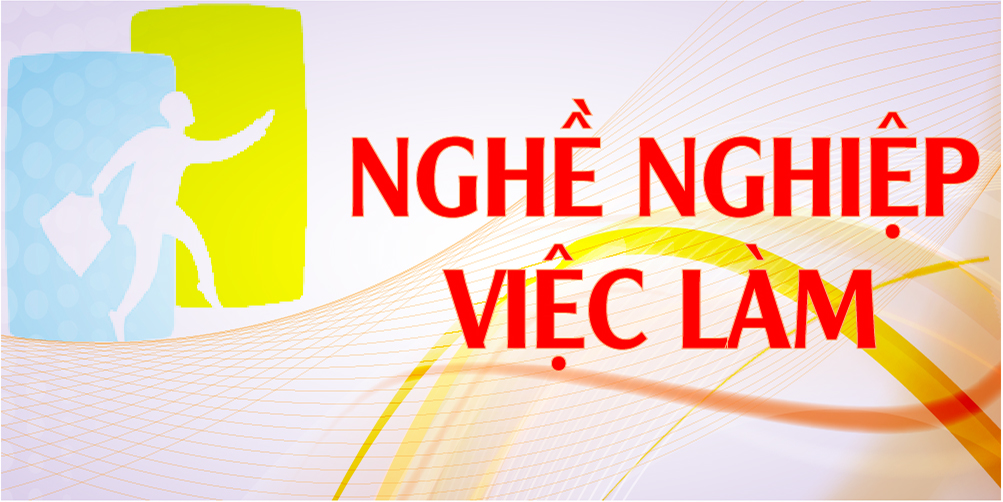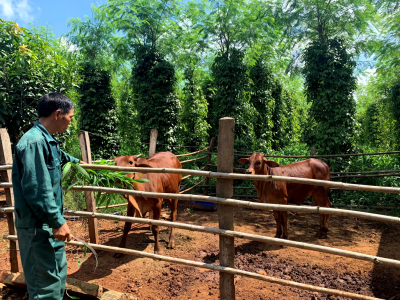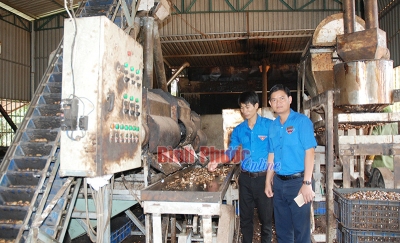LONGBOARD TRUCKS: A FRIENDLY APPROACH FOR BEGINNERS
Skateboard deck, wheels, and trucks are the most important parts of a longboard which decide how good a longboard can perform. All three components are overwhelming for beginners to break down the concept behind them, but I would like to focus on the longboard trucks in today’s thread.
In this beginner-friendly approach, I will go into detail on what buyers should consider making the best choice. Although skateboard trucks appear to be solid pieces of metal without much complexity, there are several small and crucial pieces inside the truck that you need to know.
STRUCTURE OF A LONGBOARD TRUCK
As explained at SkateAdvisors - a popular skating website, skateboard trucks have 7 main components: the axle, hanger, kingpin, bushings, pivot cup, baseplate, and mounting holes. Here are a brief description of these parts so you can understand better:
-
Axle: this 8-10mm cylinder metal bar is what holds the wheel and bearings in place. The thickness of the axle is either 10mm or 8mm and the 8mm version is more popular as the other is a bit heavy.
-
Hanger: the part that lets you turn on your longboard as it is suspended with bushings and a pivot cup on the baseplate. This represents the width of the wheels track and is usually about 150 to 180mm for longboard trucks
-
Baseplate: this is the mounting plate that keeps the trucks in place with the deck. Depending on the turning geometry, baseplates are manufactured at different angles. The angle between the pivot cup and the hanger for longboard trucks ranges from 20 to 70 degrees and typically, 40-50 degrees are the most popular.
-
Bushings: divided into roadside and board side bushings, these small urethane rings are essential in providing the necessary resistance for the skateboard trucks while turning. You can also learn about the bushing seat which is the amount of area that allows the bushings to compress.
-
Pivot Cup: this small bushing enables the hanger to rate inside and controls the turn of the truck. There are three types of pivot points for longboard trucks that determine how easy you can turn: the standard, ball, and cylinder.
-
Kingpin: the biggest bolt that keeps washers and bushings stay in place on the hanger. Skateboard trucks are available in two kingpin placements including the reverse kingpin truck and the traditional kingpin truck.
-
Mounting Holes: 4 holes are drilled on the baseplate to let skaters attach the truck into the deck. Typically, there are two mounting patterns (Old School and New School) so you need to make sure that the trucks and deck are in the same mounting pattern for easy attaching.
Additionally, skateboard trucks are available in three main constructions including cast, precision, and forged. The cast is cheap but imprecise while precision is stronger and has the exact tolerances. Forged is the strongest one but not as precise as the precision.
At SkateAdvisors, there is an interesting post discussing the construction of longboard trucks. The thread gives you a closer look at how trucks are made based on these three methods and there are also some comparisons to check out.
RIDE HEIGHT
As newcomers to longboarding are in need of stability, I would like to discuss further the ride height of longboard trucks. By definition, the ride height is the distance between the bottom of the baseplate and the middle of the truck axle.
Even for various designs, this way is the best method to measure the truck riding height; however, there may be some errors depending on the deck design. So what is the purpose of the riding height?
Well, your stability at high speed will be determined by the riding height. When skating at insane speed like in downhill longboarding, the lower the trucks are, the more stability longboarders can get.
The range for stability with speed for longboard trucks is from 2 inches to 3 inches. The higher the trucks are, the more “surfy” feeling you can tell when doing deep turns. It is also harder to push or footbrake with higher trucks; however, skaters can fit larger wheels and run trucks looser with them.
For newbies to longboarding, a lower ride height is more suitable since it offers more stability at high speed and beginners are able to push and footbrake with ease. Despite the predictable and controllable slide, skaters have to deal with a higher chance of getting wheel bite.
WRAPPING UP
As you can see there is no such thing called the perfect longboard truck but there exists the most suitable one. According to many pro longboarders at SkateAdvisors, when you pick any type of skateboard truck, you can get the advantages of this type but may have to sacrifice many other valuable features that other types offer. Hence, it is necessary to consider carefully before making up your mind.
Nguồn tin: Huyện Đoàn Bù Đốp
Ý kiến bạn đọc




























